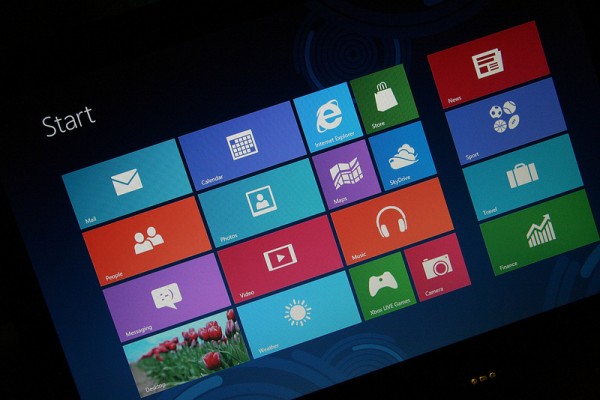Eight good reasons to upgrade to Windows 8

A lot of people are on the fence when it comes to Microsoft’s forthcoming OS. The Modern (formerly Metro) UI has made some previously enthusiastic Windows devotees reluctant to upgrade and, to be fair, it’s easy to understand why. But there’s much more to Windows 8 than just its touch-friendly but slightly clunky Start screen. If you’ve yet to make up your mind about upgrading, maybe some of these new features will sway you.
Earlier this week, colleague Martin Brinkmann identified "10 Windows 8 features you should know about". I've got eight more.
1. Boot up speed. One problem that’s always dogged Windows is how long it takes to go from a cold boot to a usable state. I stripped down Windows 7, removed everything I could from the boot process, and upgraded to a SSD just to get it loading in what I consider an acceptable time-frame. If you can’t be bothered to do all that, the good news is Windows 8 loads much, much faster, even when dual booting.
2. Refresh/Reset. This great feature lets you reset Windows to the factory settings, useful in case of a malware infection, or if you just want a clean start. Refresh keeps all of your user profiles, data and apps in place, while wiping programs you’ve installed. Reset is much more extreme and clears out all of your personal files and apps, and changes the PC’s settings to the defaults.
3. File History. I’m a big fan of this new inclusion, which is a combination of Previous Versions and Windows Backup, and protects your files against corruption or unwanted changes. It monitors common locations, like Libraries and the Desktop, and when it detects a change to a file, automatically makes a backup to your choice of location (which includes SkyDrive and networked drives). You can set how long File History should keep versions of all the changed files.
4. Windows Defender. The new Defender is really a tweaked version of Microsoft Security Essentials, the company’s standalone antivirus tool. It’s fairly basic, especially when compared to other free alternatives, but really is about time Microsoft had proper built-in antivirus protection.
5. Windows account synchronization. Linking your Microsoft account to the OS means all your apps and preferences can be saved to the cloud, allowing them to be synchronized across any other devices you have running Windows 8. If you don’t have a Microsoft account you can quickly set one up.
6. Improved file management. When you copy or move a file in Windows 8, you are presented with a graph showing the transfer speed and a regularly updated completion estimate. Copy or move multiple files and they’ll be stacked up in the same window. A big improvement over the previous system.
7. Hyper-V. The new OS comes with Hyper-V, a powerful replacement for Windows Virtual PC that you can use to run multiple guest operating systems simultaneously. Great for developers and IT professionals.
8. Storage Spaces. Windows 8 lets you use multiple connected disks (of any size) to create a pool of storage, which is treated as a single location with its own drive letter. If you start to run out of space you can simply connect another drive to the pool.


0 comments:
Post a Comment